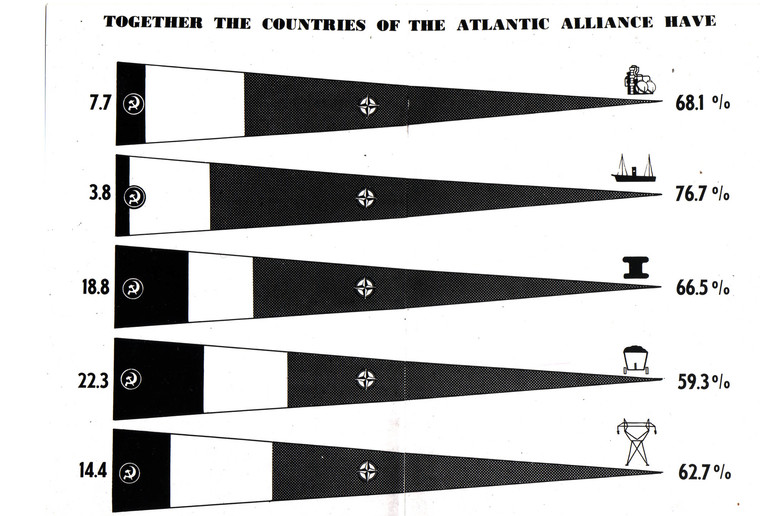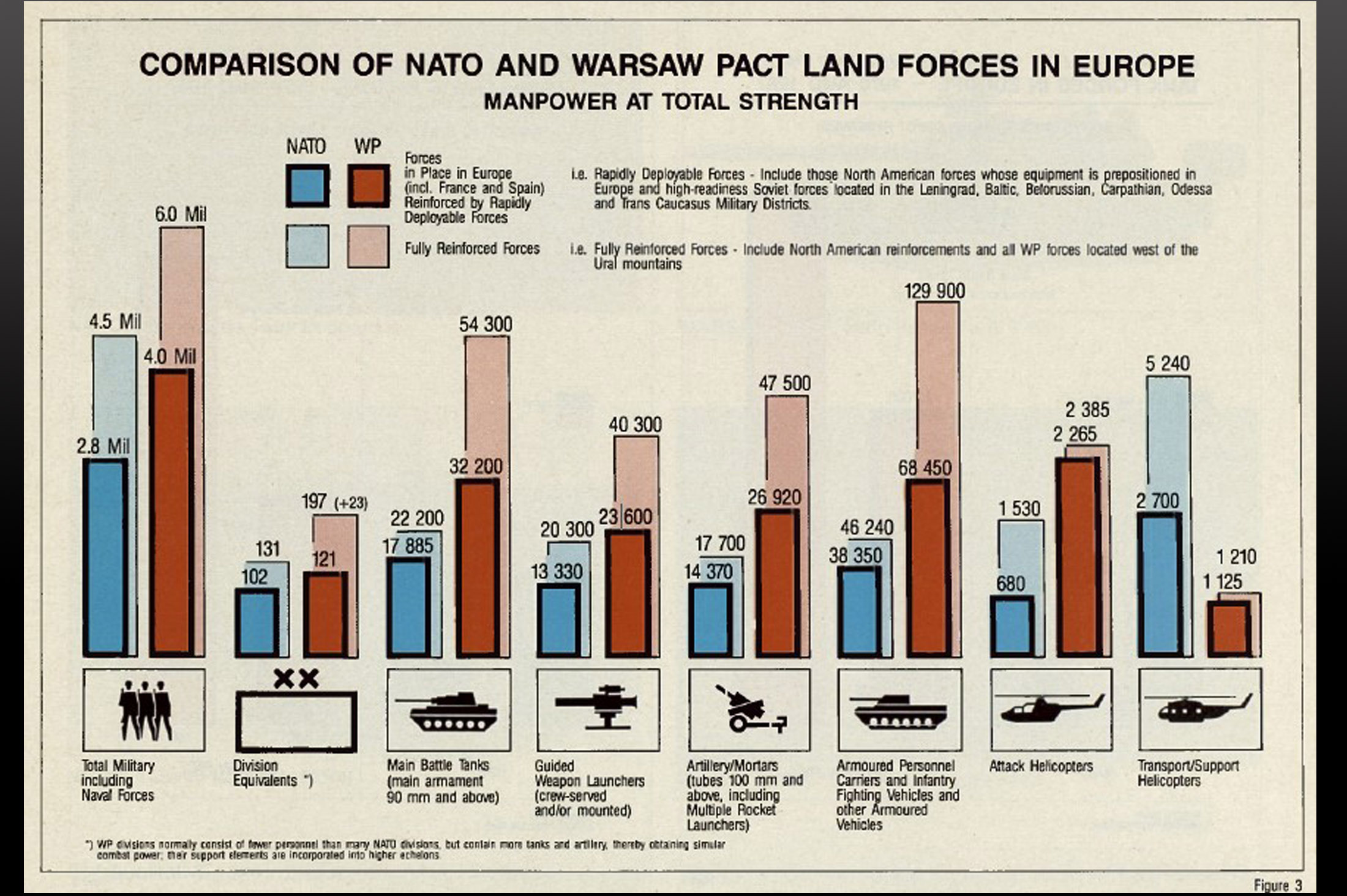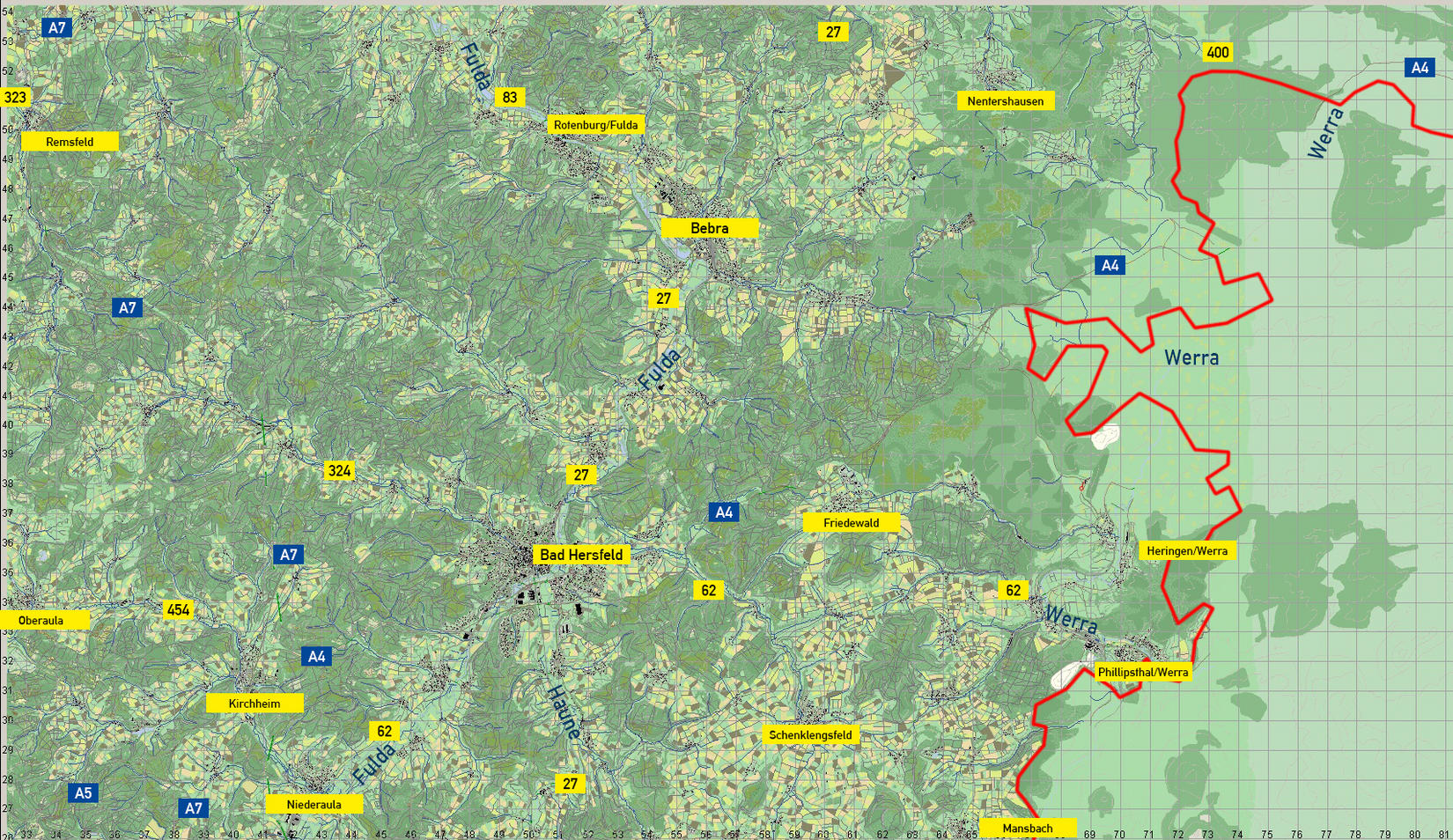Some Soviet equipment worked, and it worked far better than NATO and the US had claimed it would work. There is nothing wrong with the idea that the Soviet's could have surprised NATO with some equipment that was better than NATO claimed it was. During the 1980s, I constantly read American publications which claimed that the Warsaw Pact stuff was rubbish. It was all rubbish. Imagine the surprise that they actually had some stuff that worked it worked damned well.8 years is more then enough time for such changes to take place. The military build-up under Stalin from 1948 until his death which brought the Soviet military from 3 million men up to 5.76 million in a mere 6 years. Following Stalin's death, this was then followed by a drawdown to 3.6 million over the next 7 years. Build-ups and drawdowns in the 60s, 70s, and 80s followed similar patterns. So as we can see, a doubling of the threat in the timeframe stated is a perfectly plausible proposition.
As for your incidents, in addition to none of these being conventional strength estimates, actual intelligence estimates did not substantiate these political fears. The bomber and missile gaps were disproven by American military intelligence who did the investigative work into them and found them bunk. The Window of Vulnerability never had much serious truck among military intelligence and wasn't really ever much of even a public issue. It sounds like whatever this "Soviet Threat" publication was, it wasn't actually using NATO intelligence assessments in it's publication.
They were quite real. Being stationed in East Germany, they were well within range for NATO to physically observe and even occasionally managed to inspect. The claim the Soviet Union did not prepare the logistical apparatus to support it's plans for an offensive into Western Europe is, as always, presented with a total and comprehensive lack of any support. Do people think the 2-3,000 support vehicles the Soviets provisioned each division with were there too look pretty? Do they really believe the massive dumps of equipment, ammo, and fuel scattered across Eastern Europe were just figments of imagination not only to the NATO intelligence officers who photographed them, but also the Soviet and other Warsaw Pact personnel who manned them? Why do they think the GSFG was provided with more logistical support assets then any other Soviet military formation of that size?
As for the troop training issues and the maintenance problems that stemmed from that: yeah, as I noted those were real, seriously crippling problems by the end of the 80s. The key word there is "by the end of the 80s". You go back earlier in the decade, the rot is less severe and the problem much more manageable for the Soviet troop control apparatus, hence the troops are generally adequately trained and the equipment functional.
The T-72M was inferior to domestic models and used by the Czechoslovak and Polish armies, as well as Middle Eastern ones (alongside local domestic copies which were event worse). There is some confusion here, because the East Germans did use a T-72 which though they designated it the T-72M, but they were actually modified T-72A variants.
The only tests which found Soviet armor to be invulnerable to all extant NATO AT rounds under all conditions were those conducted against the Kontakt-5 ERA. Most other armors were found to be able to be penetrated by at least some NATO AT rounds under some conditions. And the same to be true the other way around, for the most part.
Neither were surprises. NATO generally found the MiG-29 and Su-27 to be capable, yes. But they generally expected them to be capable. It's also rather amusing the inconsistency in your argument how you earlier derided that Soviet equipment didn't work, but then immediately about face and say a bunch of mainline Soviet equipment "worked as advertised".
As for the matter of training and discipline, Survov wrote a book IIRC, "Inside the Soviet Army". Most of it was rubbish but the bits that did ring true was about the conditions that their soldiers lived under while they were conscripted. They were horrible. As for the training, that left a lot to be desired. This was all in the early 1980s, not the late 1980s. Survov was writing to please his audience, not to reveal the truth of what it was like to be a Soviet Soldier/Sailor/Airman. So he over played his hand for the most part.
The reality is that NATO and the US in particular made use of their own propaganda to try and paint the fUSSR in the worst light possible. The fUSSR was on the way out and it showed increasingly as the 1980s progressed. That didn't suit Washington at all.



